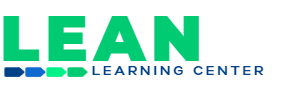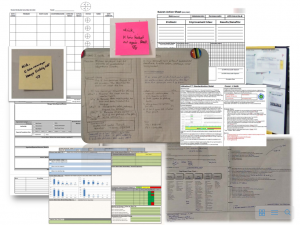Problem solving can be complicated. Let’s face it. If you Google “problem solving methods” there are 69,400,000 entries to choose from. There are an infinite number of problems to solve. Solved problems = better results. Ideally the organization would be best served by solving problems as soon as they surface, where they surface, by the people closest to the situation. A barrier to achieving the ideal is complexity. There are a lot of different tools, forms, and methods. There are individuals with a wide variety of experiences and skills. Finally, the problems are different.
It is tempting to start with the form. Forms are tangible. A form is an easy way to document the problem. Fill in the blanks and the problem is solved, right? Maybe it is not that simple. Or perhaps if there were fewer types of forms to complete then problem solving would be more focused and effective. At this point we may find the focus is on teaching the form more than solving problems.
The place to begin is with the thinking and the problem solving process that follows the thinking. Let the thinking define the form. The form is a tool that connects the thinking of the individuals on the team to each other, to the coach, the sponsor, and the stakeholders associated with the problem. The form answers the questions:
- How do we know what steps to take when solving a problem?
- How do we know if the team is jumping to solution rather than following the process?
- How do we know which step the team is on?
- How do we know what the team understands collectively about the problem? Does the team have common understanding and agreement before proceeding to the next step?
- How do we know if the root cause has been defined?
- How do we know what the team’s target is?
- How do we know if the countermeasure solves the problem?
- How do we know what coaching questions to ask about the team’s progress?
- How do we know how many problems are being solved today?
- How do we know if problems are being identified early?
- How do we know if small, rapid improvements are being delivered as well as more complex visible problems?
- How do we know how to motivate identifying and solving more problems?
- How do we know if learning is occurring as problems are solved?
The team needs to complete the form as the work occurs. If the understanding of the problem or the current situation changes, what is on the form changes. It’s best to use a pencil and have an eraser handy. It is a device that insists on dialogue among members of the team. The form holds the content that can be reviewed with others not on the team but interested in the findings. The form makes the problem solving thinking of the team visible so that coaching can occur. The form is a living representation of the problem, not just a report to complete at the end.
There are a lot of forms. Get the thinking clear first, then worry about the form.





